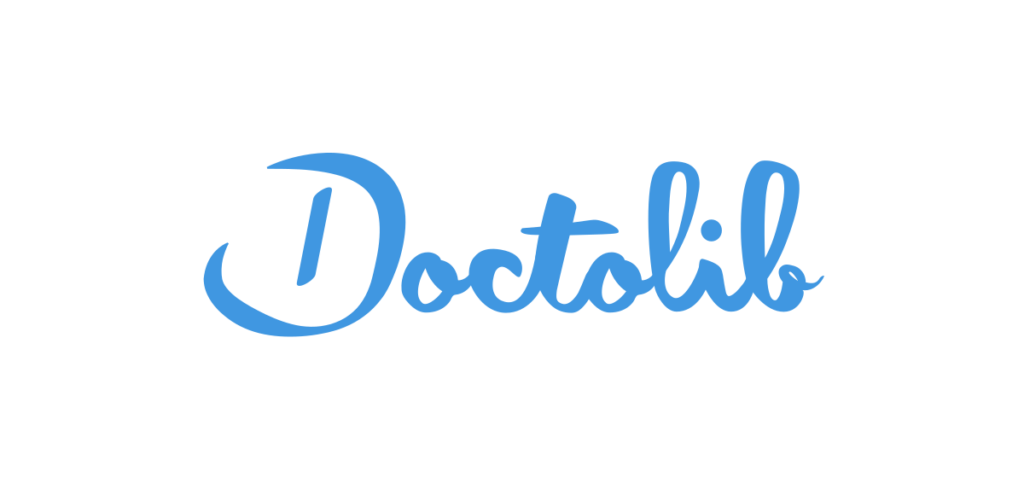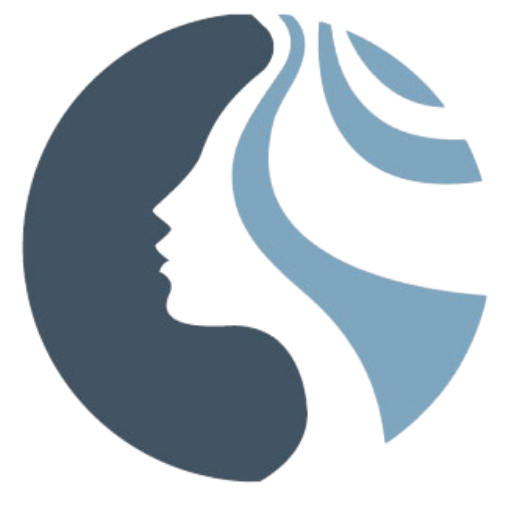Inquiétudes
Sur la Récupération
Vous aurez des ecchymoses, des gonflements et des rougeurs après votre opération.
Certains patients ressentent un léger inconfort lié au gonflement et au tassement nasal. L’adaptation à cette obstruction nasale, nécessaire à la guérison, peut prendre un certain temps. Des médicaments par voie orale seront prescrits pour contrôler la douleur associée à cette obstruction.
Pendant plusieurs jours après l’intervention, vous devrez vous reposer en surélevant la tête pour minimiser les gonflements. Vous ne devez pas faire d’activités physiques pendant cette période. Votre pansement chirurgical sera retiré au bout de quatre à sept jours. Les attelles nasales, si elles ont été placées, seront retirées après sept jours.
Le Dr Gianfermi préfère fixer le nez avec du ruban adhésif en papier de couleur chair pendant une semaine ou deux après l’enlèvement de l’attelle, en fonction de l’importance du gonflement de l’extrémité.
La plupart des patients peuvent retourner au travail dans les deux semaines qui suivent l’intervention. Vous pouvez reprendre des activités physiques intenses, y compris vos exercices habituels, après trois à quatre semaines, mais seulement après autorisation du Dr Gianfermi.
À ce moment-là, la plupart des gonflements importants devraient avoir disparu. Un gonflement mineur peut durer jusqu’à un an et peut légèrement affecter l’aspect général de votre nez.
Vous ne devez pas exposer votre nez à la lumière directe du soleil pendant plusieurs mois après l’intervention. Ceci afin d’assurer la meilleure guérison possible. En raison de la faiblesse des structures nasales, si les os du nez ont été déplacés, vous ne pourrez peut-être pas porter de lunettes pendant plusieurs semaines après votre intervention sans un soutien particulier.
Inquiétudes
Sur la douleur
Il est probable que vous ressentiez un certain malaise pendant votre période initiale de rétablissement qui peut être contrôlé à l’aide d’un médicament oral contre la douleur.
Inquiétudes
Incisions
Les techniques d’incision du Dr Gianfermi permettent de réduire au minimum les cicatrices. Les incisions fines comme un crayon, combinées à sa technique de suture en cinq couches, donnent une fine cicatrice obscure. Le Dr Gianfermi place également les incisions de manière à ce que vous puissiez facilement dissimuler la cicatrice résultante.
Intérrogations
Coûts
Le coût de votre rhinoplastie variera en fonction de la technique utilisée, des frais chirurgicaux, des frais d’établissement et des frais d’anesthésie. Vous recevrez un prix détaillé lors de votre consultation.







